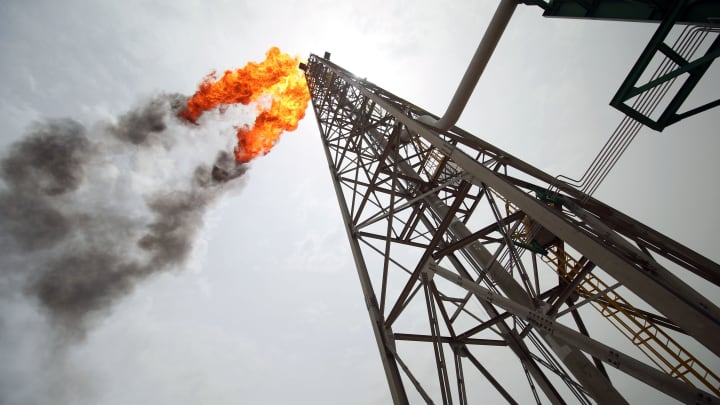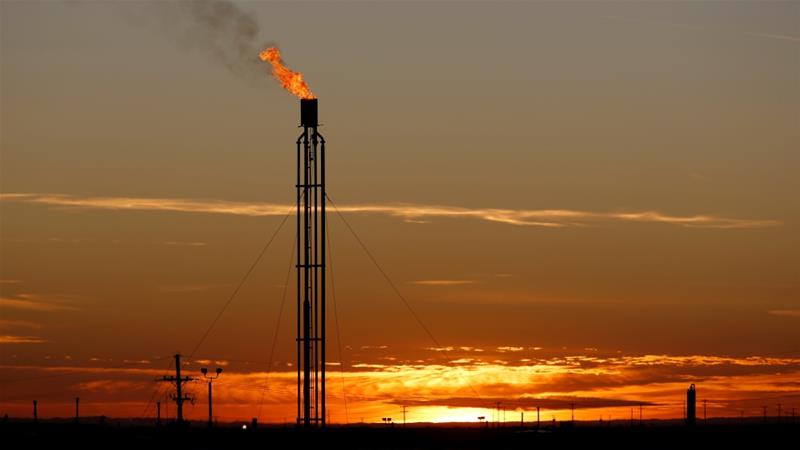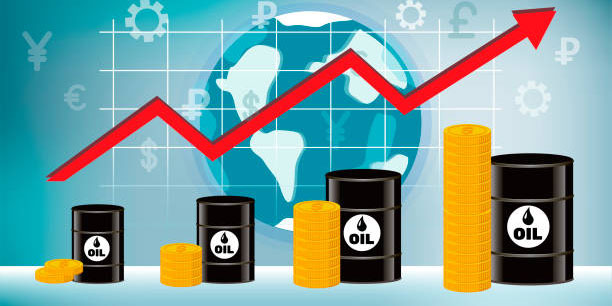Everything About the Oil Price Forecast
Oct 08, 2023 By Triston Martin
Introduction
Despite worries about a dimming demand picture and a U.S.-led effort to impose a price ceiling on Russian oil, crude futures have risen to above $87.5 per barrel, extending gains for a third session. Oil prices remained under pressure as aggressive monetary tightening by major central banks' new Covid-19 limits by top petroleum importer China raised fears of a demand-sapping global economic downturn.
As European sanctions begin to take effect in December, the Group of Seven is also trying to enlist new countries to join their efforts to limit Moscow's energy revenues by setting a ceiling on Russian oil prices. If a price ceiling were to pass in Europe, Russian President Vladimir Putin vowed to cease all energy exports as retaliation. A potential increase in Iranian oil exports has been delayed after the United Kingdom, Germany, and France expressed misgivings about Tehran's commitment to a new nuclear accord.
Prices
We forecast that the average price of a gallon of gas at the pump will be $3.60 in the fourth quarter of this year and $3.61 in 2023. According to our projections, retail fuel prices will average $4.90/gal in 4Q22 and $4.28/gal in 2023. The average Henry Hub spot price was $8.80 per million British thermal units (MMBtu) in August, up from $7.28 in July. As U.S. natural gas production increases, we anticipate a decrease in the Henry Hub price to around $6/MMBtu by 2023 from an average of about $9/MMBtu in 4Q22.
Price quotes for WTI are found near the 20-EMA over $85.00. After failing to hold over $86.00 in the European session, NYMEX West Texas Intermediate (WTI) futures have fallen to roughly $85.20 in the Asian session. After testing and re-testing its six-month low at $80.94, the price of black gold has attempted a bullish reversal. Investors see the recent drop in oil prices from their all-time highs above $125.00 as an opportunity, and the asset is seeing solid bids.

Update
Although supply-side drivers have been the primary influence on prices this year, demand-side concerns have risen as recession fears have increased. We feel these fears are exaggerated given that our economists are projecting relatively robust economic growth during 2022 and 2023," the analysts wrote. Maintaining tightness in supply should keep prices above the $100 per barrel threshold if a recession is avoided and demand grows as anticipated. However, as high inflation persists, forcing rate increases, the danger of a sharper slowdown in economic activity has risen, and the risks to our forecast are now skewed to the downside.
WTI oil price forecast: 2022 to 2023
It predicts that the price of WTI crude oil in the United States will average $100 per barrel in 2022 before dropping to $95 per barrel in 2023. In 2018, WTI averaged $110.80 per barrel. Forecasts for 2023 suggested that WTI prices might decline to $103.40 per barrel. WTI is expected to average $100/bbl this year, decreasing to $81/bbl in 2023. WTI is expected to average $98.07/bbl in 2022, down to $90.91/bbl in 2023, according to the U.S. Energy Information Administration (EIA) as of September 7th.
Crude Oil
West Texas Intermediate (WTI), a standard for U.S. petroleum, is the commodity traded most frequently around the world. Prices for crude oil on Trading Economics are taken from over-the-counter and contract for difference (CFD) financial instruments. The market prices we give are for informational reasons only, and you should not rely on them in place of other data when making choices regarding your trading activities. Trading Economics is not responsible for the integrity of the data it publishes and, as a result, disclaims any such responsibility.
Brent Crude Oil Price Forecast: 2022 To 2023
In 2022, BofA forecast that the average price of Brent crude oil would be $104.48 per barrel, and in 2023, they anticipated that the price would drop to $100 per barrel. We expect that prices will have to keep a lid on the desired level of global fuel consumption since oil supply is a crucial limiting element, and demand is still below pre-Covid levels. Consequently, we anticipate prices will have to keep a lid on global fuel consumption. It is forecasted that the demand for oil worldwide will continue to decrease during the following two years.

Conclusion
According to the findings of our study regarding oil price forecast, the average price of a barrel of crude oil on the spot market will come in at $98 in the fourth quarter of 2022 (4Q22), and it will average at $97 the following year (2023).
-
 Know-how May 16, 2024
Know-how May 16, 2024Unveiling Ancillary Benefits: Beyond the Basics of Employee Perks
Explore the impact of ancillary benefits on workplace culture, employee satisfaction, and retention, highlighting how companies can stand out in the job market.
-
 Know-how Dec 16, 2023
Know-how Dec 16, 2023Who Is A CFP Professional Financial Planner?
The CFP certification requires candidates to demonstrate knowledge of taxation, insurance, estate planning, and retirement planning (including 401(k)s)..
-
 Know-how Oct 22, 2023
Know-how Oct 22, 2023Everything About: First-Time Homebuyer Tax Credit
Between April 2008 and September 2010, citizens of the United States who purchased their first homes were eligible to take advantage of the federal first-time homebuyer tax credit. Although it is no longer available, prospective homeowners can still take advantage of various federal laws and programs offering incentives to purchase a home. In addition, the majority of states have programs that are created specifically to assist individuals who are buying their first homes..
-
 Investment Oct 08, 2023
Investment Oct 08, 2023Everything About the Oil Price Forecast
The term "crude oil" refers to a specific type of petroleum, a liquid fossil fuel derived from underground hydrocarbon reserves and organic elements. This commodity's price tag is quoted in U.S. dollars. Most oil comes from Saudi Arabia, Russia, the United States, Iran, and China. Oil consumption is highest in the United States, China, Japan, and Russia.
